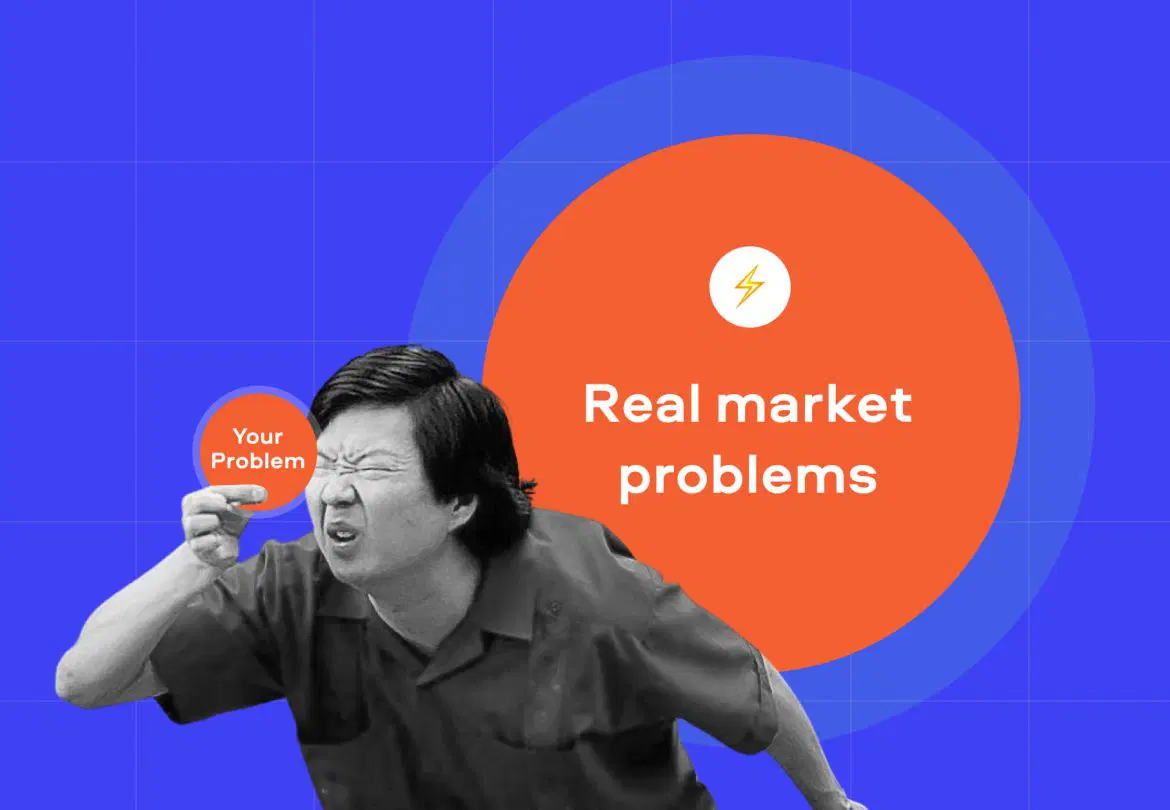What Problem Does Your Product Solve?

Every successful product starts with a problem. In fact, most innovations are not born from a desire to create something “cool” or “different” but from identifying a real pain point that customers face. A product without a clearly defined problem to solve often struggles in the market, no matter how impressive its features or technology might be.
This article explores why defining the problem is the most critical step in product management, how to uncover genuine customer pain points, and how solving them effectively leads to sustainable business growth.
Why Problem Definition Matters
Many companies fall into the trap of being solution-first rather than problem-first. They invest in building features, apps, or devices because the technology is exciting—without asking if anyone truly needs it.
By contrast, successful companies ground their product vision in clear customer problems. For example:
-
Uber solved the problem of unreliable and inconvenient taxi services.
-
Airbnb addressed the lack of affordable and authentic accommodation options.
-
Slack focused on reducing workplace communication chaos.
Each of these companies became industry leaders because they understood the customer pain point deeply before scaling a solution.
How to Identify the Right Problem
Problem discovery is both an art and a science. PMs and product teams can use multiple strategies to uncover valuable insights:
1. Customer Interviews and Feedback
Talking to customers directly is one of the most effective ways to uncover pain points. Questions like:
-
“What frustrates you most about your current solution?”
-
“What tasks take more time than they should?”
-
“If you could wave a magic wand, what would change?”
These conversations often reveal patterns that hint at unmet needs.
2. Observation and Empathy Mapping
Sometimes customers can’t articulate their problems. In such cases, observing behavior and creating empathy maps can help uncover hidden pain points. For example, watching how users interact with a website can reveal usability frustrations.
3. Market Research and Competitor Analysis
A PM should investigate what competitors are offering and where they fall short. Gaps in the market often highlight opportunities to solve problems better or more efficiently.
4. Data Analysis
Analyzing customer data (support tickets, churn patterns, usage logs) often uncovers friction points. For example, if customers abandon sign-up forms, the “problem” may be onboarding complexity.
Framing the Problem Effectively
Once a problem is identified, it needs to be framed clearly so that the entire team understands what they are solving. Frameworks like Jobs to Be Done (JTBD) are helpful here.
Instead of saying:
-
“We’re building a project management tool.”
You might frame it as:
-
“We’re helping small businesses organize tasks more efficiently so that deadlines are never missed.”
This reframing emphasizes value and outcomes rather than features.
Solving the Problem in a Meaningful Way
Identifying a problem is only step one. The solution must address the problem in a way that is usable, feasible, and delightful.
Key principles include:
-
Simplicity: Don’t overwhelm users with complex solutions to simple problems.
-
Accessibility: Ensure the solution is affordable and easy to adopt.
-
Scalability: Make sure the solution grows with customer needs.
-
Differentiation: Provide something unique that competitors don’t offer.
For example, Dropbox solved the problem of file-sharing not by inventing storage, but by making it seamless and frictionless compared to existing tools.
Common Mistakes in Problem-Solving
-
Inventing Problems – Building products for issues customers don’t actually care about.
-
Overengineering – Adding unnecessary complexity to a simple need.
-
Ignoring Feedback – Sticking to an internal vision even when users point out flaws.
-
Chasing Trends – Jumping on buzzwords (AI, blockchain, VR) without a clear customer use case.
PMs must be vigilant to avoid these pitfalls.
The Role of the Product Manager
The PM is ultimately the problem champion. Their job is not to dictate features but to ensure the team is always anchored to the real problem being solved. This involves:
-
Communicating the problem to stakeholders.
-
Keeping teams focused when feature creep threatens clarity.
-
Reassessing if the problem has changed due to market shifts.
Continuous Problem Validation
Customer problems evolve. What was painful yesterday may be irrelevant tomorrow. That’s why PMs must continuously validate whether the problem still matters.
For example:
-
A messaging app solving SMS limitations in 2010 might be irrelevant after WhatsApp’s rise.
-
A ride-sharing solution that ignores new sustainability concerns may lose relevance in today’s eco-conscious market.
Constant validation ensures the product doesn’t lose touch with the customer reality.
Problem-Solving and Business Value
Solving problems is not only about customer satisfaction—it’s about business success. Products that effectively address pain points enjoy:
-
Stronger adoption rates (people naturally flock to solutions they need).
-
Higher retention (customers stick with solutions that continuously solve their problems).
-
Viral growth (customers share products that make their lives easier).
-
Pricing power (a solution to a big problem justifies premium pricing).
This is why problem-first thinking is the foundation of product strategy.
Conclusion
The single most important question every PM, entrepreneur, or innovator must ask is: What problem does your product solve?
If the answer is unclear or weak, the product risks irrelevance, regardless of features or marketing. But if the answer is strong, precise, and grounded in real customer needs, the product has a foundation to succeed and grow.
The best products don’t just add value—they remove pain, reduce friction, and create better ways of living or working. That’s why solving the right problem is the ultimate competitive advantage.
- Arts
- Business
- Computers
- Jogos
- Health
- Início
- Kids and Teens
- Money
- News
- Recreation
- Reference
- Regional
- Science
- Shopping
- Society
- Sports
- Бизнес
- Деньги
- Дом
- Досуг
- Здоровье
- Игры
- Искусство
- Источники информации
- Компьютеры
- Наука
- Новости и СМИ
- Общество
- Покупки
- Спорт
- Страны и регионы
- World


